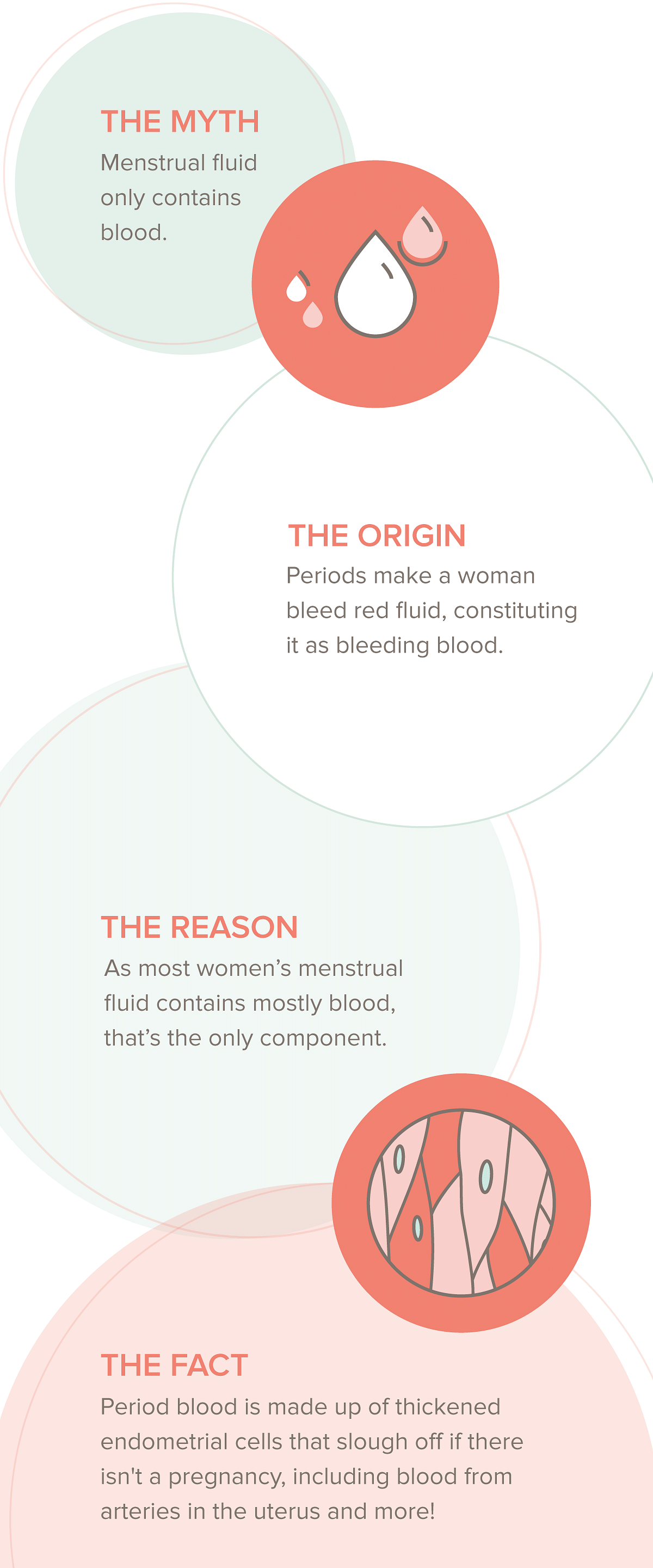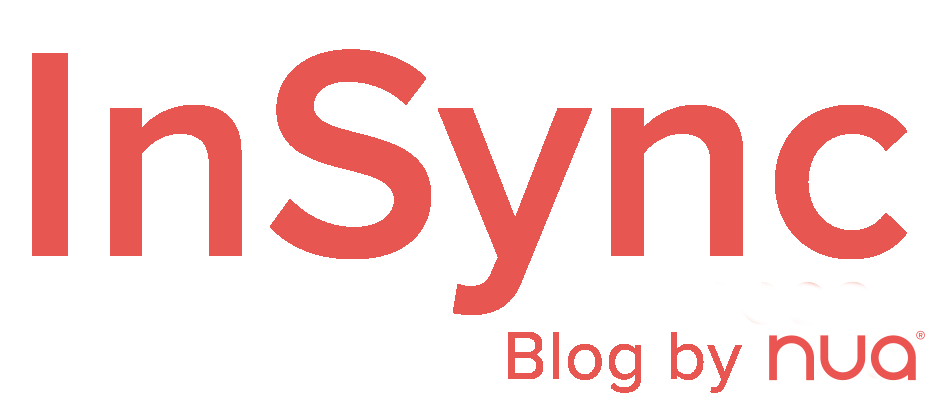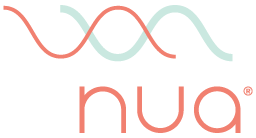Most women under a certain age have a period every month—it’s just part of being a female. And, odds are, you’ve been dealing with your period since you were a teenager. But have you ever wondered what, exactly, your period is made up of?
It’s actually not what you’d think. Sure, there’s blood in the mix but that’s not the only component.

During your cycle, a lining is formed in your uterus to make an appropriate, nourishing bed for a fertilized egg. This lining, made up of cells and fed by many blood vessels, is called the endometrium, and it first begins to build up with oestrogen, which happens for the first two weeks of your cycle. Then, you ovulate and pass an egg, which may or may not be fertilized.
The follicle that released your egg makes progesterone (a hormone that prepares your body for pregnancy), which makes the lining stay thick and plush. About 14 days later, if you don’t get pregnant, the hormone levels drop, the lining sheds, and you get your period.
Your period is just a monthly shedding of the bed that would normally nourish a developing embryo, including anti-coagulants and the lining cells.
So, when you’re on your period next time, remember that you’re not just bleeding blood but more!
Through ‘Debunking Myths’, we acknowledge period myths and expose them with verified facts. Let’s debunk more period myths here.



